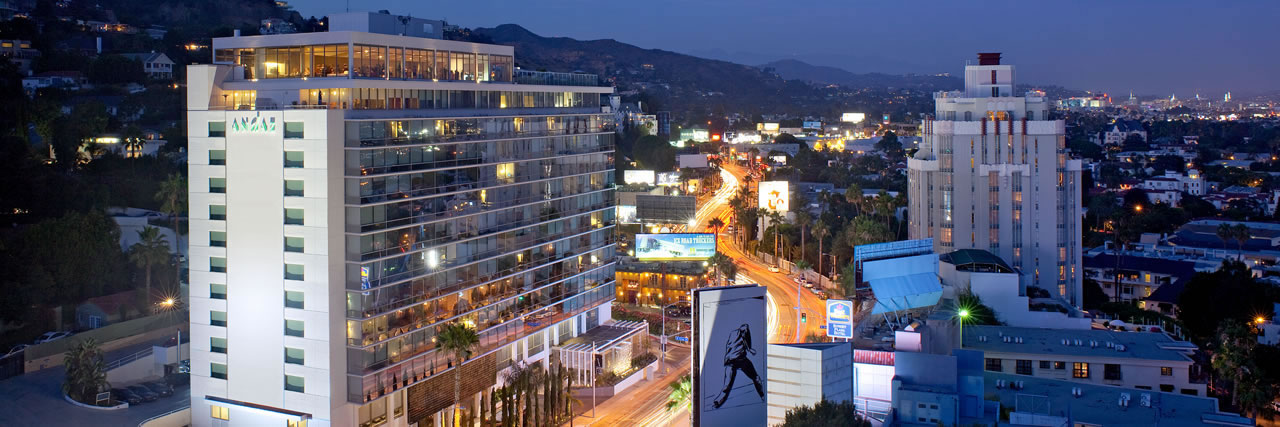07 Jun How Muddy Waters Mural Helps Waters’ Legacy And The City Of Chicago
Read the article in Forbes.
The city of Chicago will dedicate a nine-story mural of Muddy Waters tomorrow (June 8, 2017) in a special ceremony to kick off Chicago Blues Festival. The 130-foot rainbow mural was painted last year by Brazilian artist Eduardo Kobra.
“I hope people will enjoy Waters’ remarkable presence, and when everyone who looks at him through my art can remember the incredible artist he was,” Kobra says. “Today, his music is in our memory and this is exactly what I like to portray. And I had the privilege of doing it on the top of a 130-foot-high building on one of Chicago’s main avenues.”
That everyone will remember Waters’ gigantic influence in music is the hope of Waters’ daughter Mercy and Jeff Jampol’s JAM Inc., which manages the Waters estate.
“I think people will look at the mural and say, ‘Who’s that?,” Mercy says. “They might look up Muddy Waters, and my dad was just a cool cat. Even the name is cool, and it wasn’t a name he made up for the stage, it was something that was given to him as a kid. So I think it is going to get people interested and looking and saying, ‘What is the history of this?’”
She wants people to become aware of the many facets of her legendary father. “I look at it as having three arms,” she says. “One is we need to look at dad as a blues musician; we need to look at him and his role in history cause it’s more than just music, it is history; and he is usually [voted] one of the top 100 guitarists that ever lived.”
Jampol, whose JAM Inc. also manages the estates of Janis Joplin, Otis Redding and more legends, concurs. “Muddy Waters was magical, and his music transcends generations. Our aim at JAM is to expose Muddy and his music to potential new fans through what we call ‘credible bridges’ – that is, you may be unfamiliar with Muddy Waters, but the mural is supercool, cutting edge and legitimately artistic and beautiful, just like Muddy’s music,” Jampol says. “Paired together, it’s really a case of one plus one equals twenty, and if the mural speaks to you, perhaps Muddy and his music will, too. At the same time, for existing Muddy Waters fans, a beautiful artistic work inspired by and about Muddy Waters is a legitimate, tasty homage to what Muddy stands for, the message in his work, and the feeling his music invokes in people.”
Both Jampol and Mercy hope that the mural inspires people to look into Waters’ legacy and to discover how widespread his influence was. Without Muddy Waters, there might be no Led Zeppelin, no Rolling Stones. The recently deceased Chuck Berry is widely recognized, rightfully so, as one of the forefathers of rock. Muddy Waters helped Berry get his first record contract. Jimi Hendrix has said Muddy Waters was the first guitar player he heard. The list of rock luminaries he inspired is endless.
He is also known as the “Father of Modern Chicago Blues.” Thus, the mural is equally important to Chicago, which is hoping to remind people that Chicago, now known as a hotbed of music festivals for Lollapalooza, Riot Fest, Pitchfork and more, started as an originator of great American genres, such as blues, jazz and house music.
“Muddy Waters found his sound in this city, and we are proud to honor the father of modern Chicago blues with Eduardo Kobra’s mural,” said Mayor Rahm Emanuel. “Using the electric guitar, Muddy Waters transformed Delta blues into the Chicago sound that has influenced and inspired generations of blues, jazz and rock-n-roll artists.”
Mark Kelly, Commissioner Of Cultural Affairs for the city, wants the city of Chicago and people around the world to be aware of the city’s massive role in music history.
“Chicago is a world music mecca, and it’s not just Chance [The Rapper],” Kelly says. “Wherever you look in jazz and blues and indie and gospel and house and new forms, Chicago has always been an incubator of powerful sound.”
Kelly works with Jennifer Johnson Washington, who oversees many of the city’s music festivals, including the blues festival, which will bring in over 200,000 people this weekend. Washington says it is her job to make sure those festivals remind people that Chicago helped create these seminal sounds of American music.
“We are producing the three festivals that highlight blues, jazz and house music, which all have deep roots in Chicago,” she says. “We feel that we’re major players in what makes Chicago great for music because we’re celebrating those people who have a history with the music.”
The city also will open a Chicago Blues Museum in 2019, “Literally a stone’s throw from the mural,” Kelly says.
Kelly sees the location of the mural as very important because it’s time to remedy what he sees as Chicago’s neglect of its rich musical history. “Chicago has, in many ways, ignored its musical heritage,” he says. “So the Muddy Waters mural right smack in the middle of the city, at State and Washington, becomes a marker for our heritage.”

